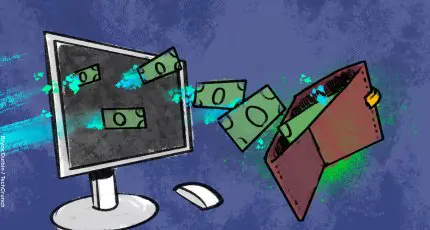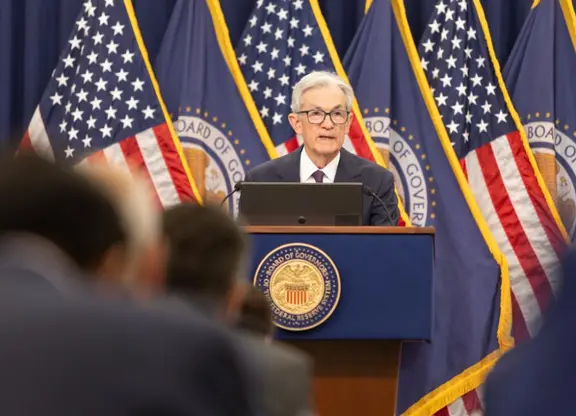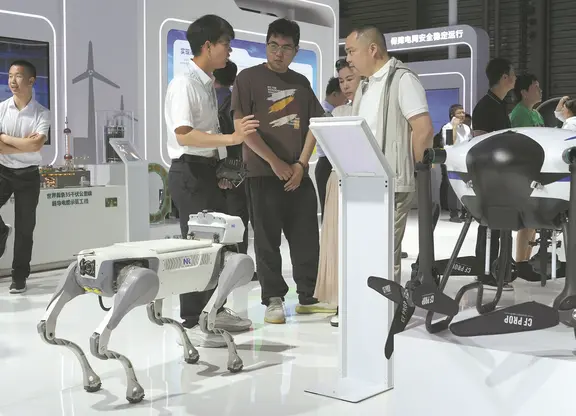As a result of the pandemic, accelerators have moved operations fully remote to abide by social distancing. The shift has forced well-known programs like
500 Startups
, Y Combinator
and Techstars
to go fully online, while encouraging existing venture capital firms to launch new digital-only fellowships like Cleo Capital
and NextView Ventures
.
Before the pandemic, accelerators could advertise
their value
by lending desk space once used by Airbnb,
Twilio
and Brex
’s co-founders, plus a glitzy demo day. Now, stripped of their in-person element, the actual value of an accelerator program — and the network they provide — is being tested in new ways.
So a question remains for participating founders: Are they getting the benefits of what they thought they signed up for?
In the Zoom where it happened
The last thing
Michael Vega-Sanz
wanted to do was was join another Zoom get-together for entrepreneurs. But the car-sharing company
he co-founded with twin brother Matthew
was in the middle of a pivot, so they joined NextView Ventures’ inaugural remote accelerator program
.
“I envisioned an accelerator with awkward happy hours, mass Zoom calls,” Vega-Sanz said. Fast-forward one month into the program, he says it “has been quite the opposite.”
Before joining NextView’s accelerator, Vega-Sanz did an in-person incubator at Babson College in Boston, but there’s “a lot less fluff” in being virtual, he told TechCrunch.
“[With in-person] the reality was you’d go to lunch, and by the time you drove over there and had all your side talk, small talk, chit-chat and actually got into the nitty-gritty of the event, there was a lot of time loss,” he said. “You could have been working for your company during that time.”
If possible, Vega-Sanz still recommends that first-time founders attend a physical accelerator instead of a virtual one for the energy it brings, even with the downside of useless events.
 简体中文
简体中文





